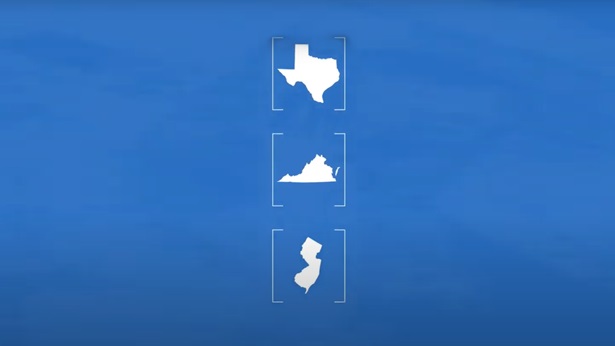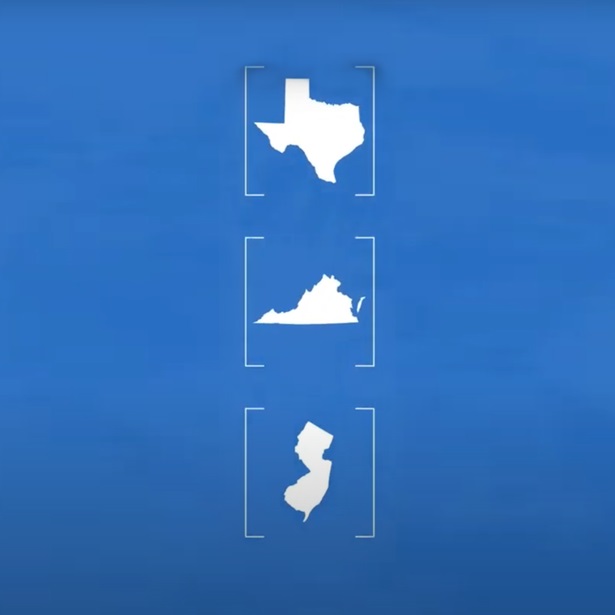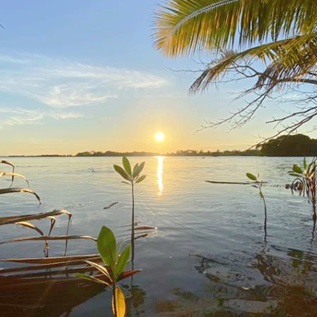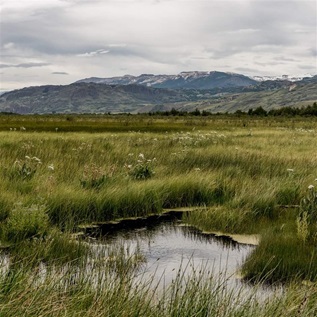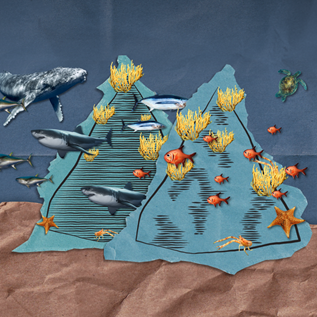Bipartisan Bill in Washington State Would Establish Disaster Resilience Program
New state-led effort seeks to reduce flood risks and related costs
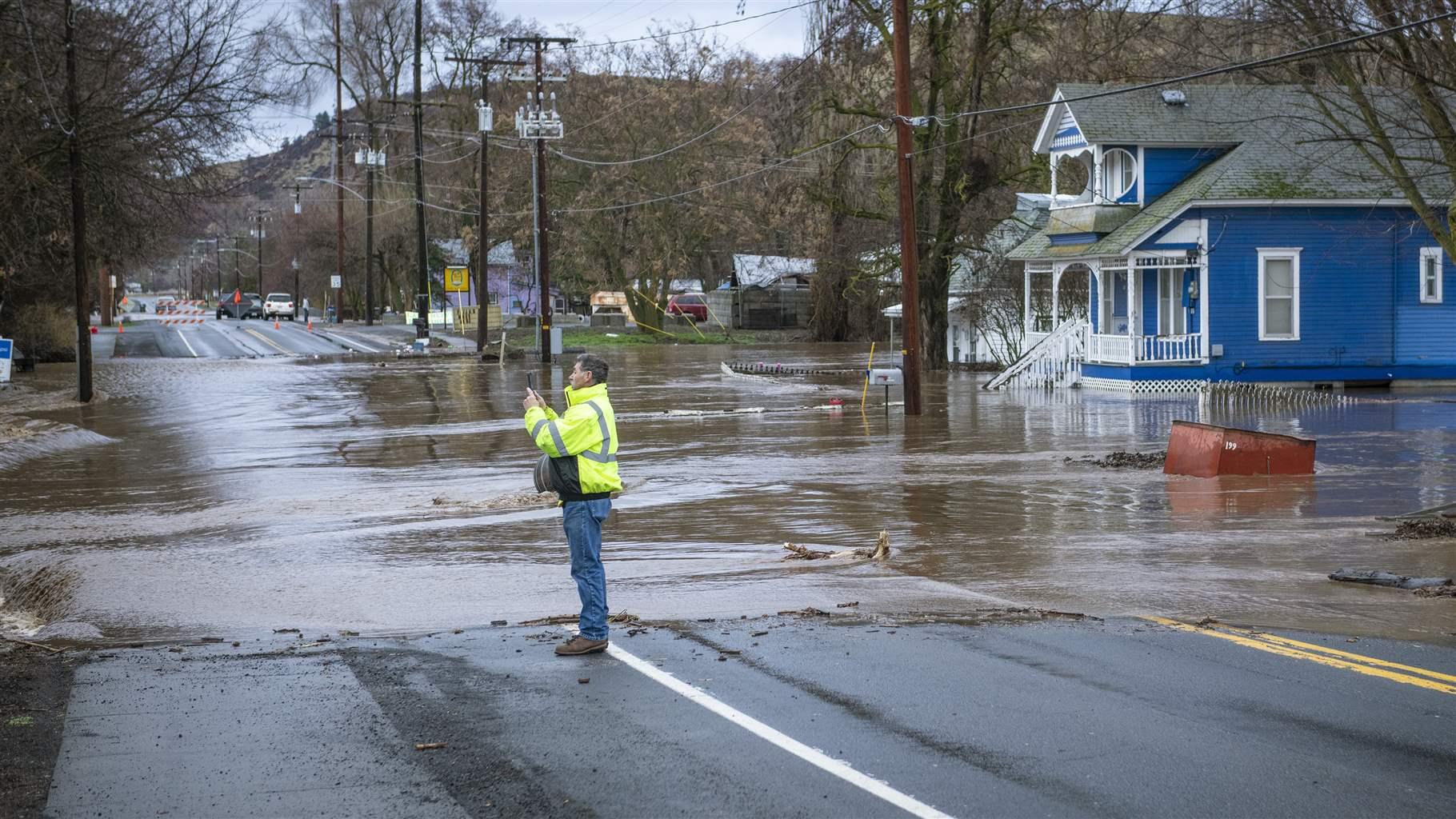
In Washington state, flooding is a statewide problem that has resulted in almost $2 billion in property losses since 1960. The state’s hazard mitigation plan also notes that there is a greater than 80% chance that 10 or more flood events will occur in any given year, driven by numerous factors, including storms along the coast, winter rains in western Washington, and rapid snowmelt in the eastern part of the state.
In response, policymakers have been exploring resiliency initiatives to reduce the cost and impacts of flooding.
State Representative Cindy Ryu (D), former mayor of the city of Shoreline and chair of the House Community & Economic Development Committee, is leading one such effort. On Jan. 12, Rep. Ryu introduced a bipartisan bill in the Legislature that would create an ongoing resiliency program for Washington. That was the central recommendation of a November 2020 report from the state’s disaster resiliency work group, made up of community and business representatives, state officials, and legislators. On Feb. 2, Rep. Ryu convened a virtual legislative hearing on her bill and shared how the measure could help residents throughout the state.
“As a former insurance agent ... I realized how important it was for us to be insured appropriately,” Rep. Ryu said at the hearing. Lowering flood risk, she added, will in turn lower costs to the “ratepayers” on that insurance—that is, residents, businesses, and governments.
David Forte, a property and casualty policy analyst in the Washington State Office of the Insurance Commissioner, also testified, stating, “I believe in the last 50 years, 49 of 50 major disaster declarations have been related to flood damage.”
The Pew Charitable Trusts’ Zachary Bartscherer, who works with states on flood resilience planning and policy, spoke as well, highlighting the benefits that Washington could see from prioritizing a coordinated resiliency effort.
Such a program would include a statewide comprehensive strategy to address flood risks and other hazards and help officials “assess critical infrastructure vulnerabilities and assets across state agencies, as well as identify shared threats to communities and regions,” Bartscherer said.
Governor Jay Inslee (D) is also championing legislation that could help mitigate flooding. Specifically, he is urging the Legislature to pass a bill that would cap greenhouse gas emissions and create a carbon pricing scheme. Those revenues could fund a state resilience program to finance mitigation projects and a robust resilience planning effort between state agencies and local communities.
Together, Rep. Ryu’s bill and Inslee’s efforts could complement the state’s successful Floodplains by Design program, a public-private partnership with The Nature Conservancy that has received $165 million from the Legislature since 2013 to restore floodplains and aquatic habitat.
Lawmakers should pass Rep. Ryu’s forward-thinking legislation. Doing so would demonstrate the state’s commitment to enhancing resiliency and help reduce the high risks and costs of flooding for residents throughout the Evergreen State.
Yaron Miller is an officer with The Pew Charitable Trusts’ flood-prepared communities project.


America’s Overdose Crisis
Sign up for our five-email course explaining the overdose crisis in America, the state of treatment access, and ways to improve care
Sign up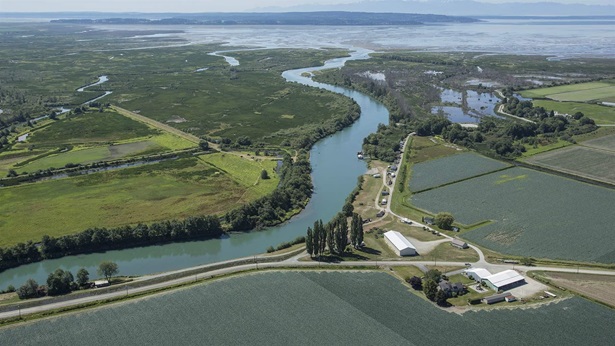
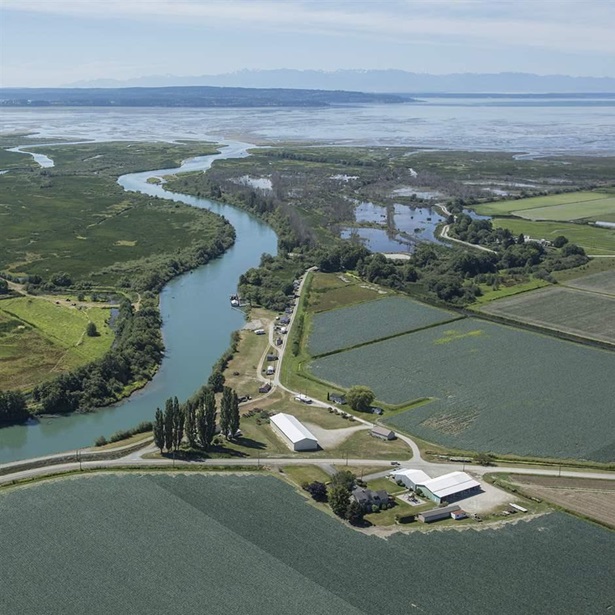
Washington Floodplain Manager Discusses Programs That Help
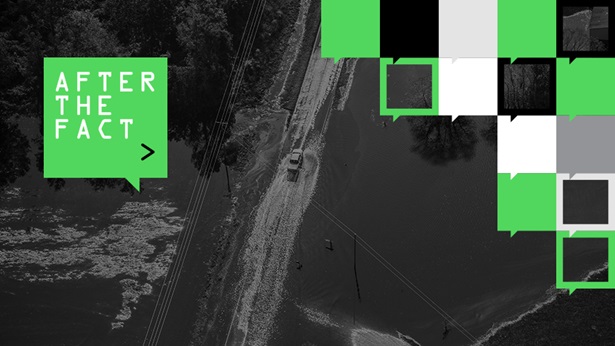
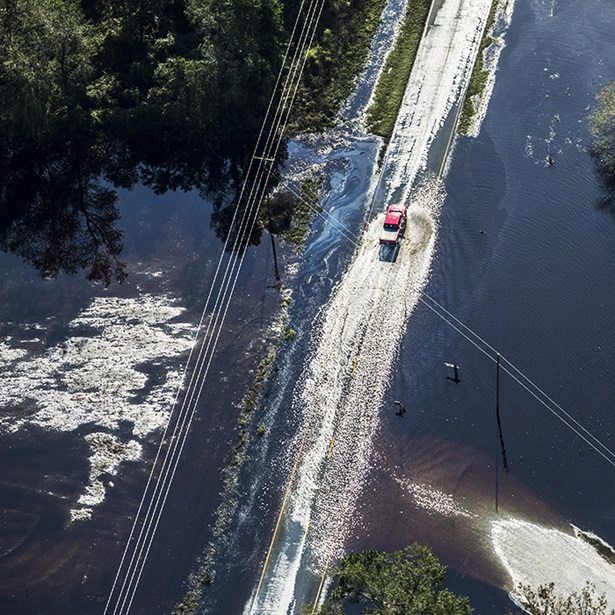
Natural Solutions for Natural Disasters
